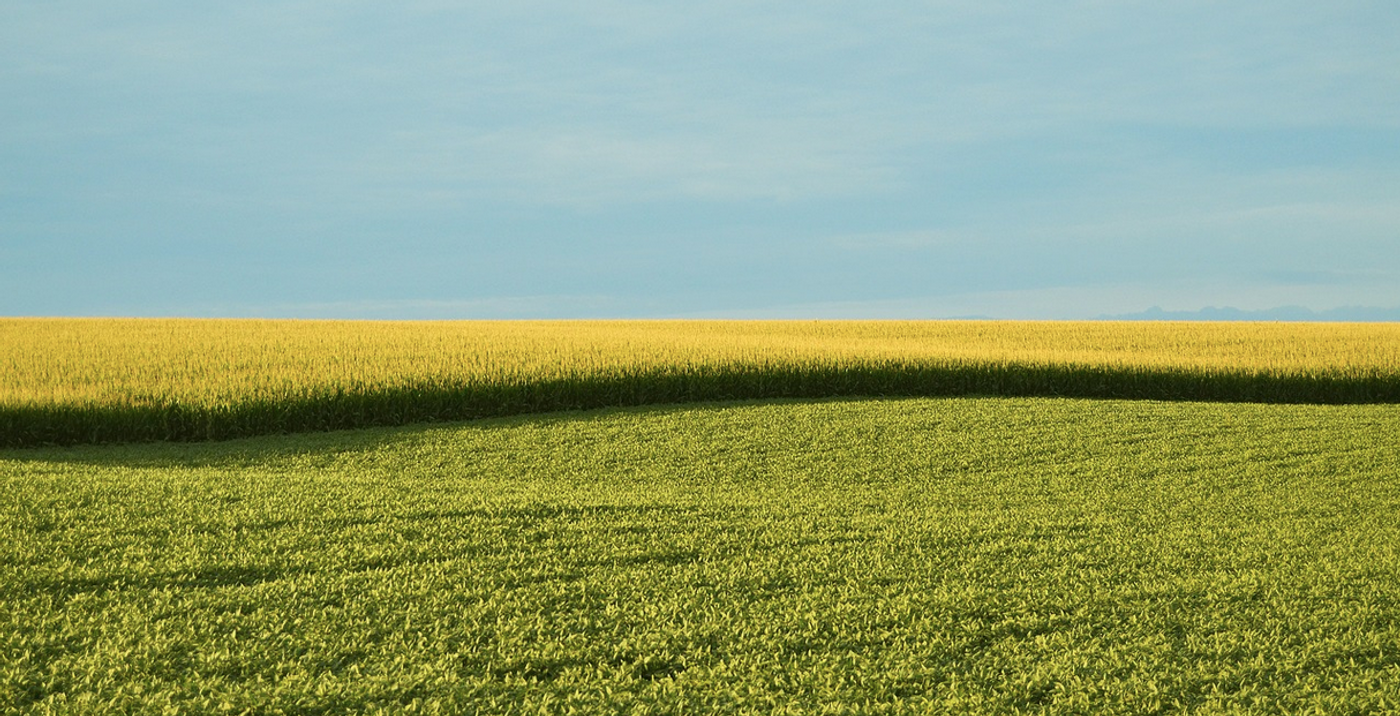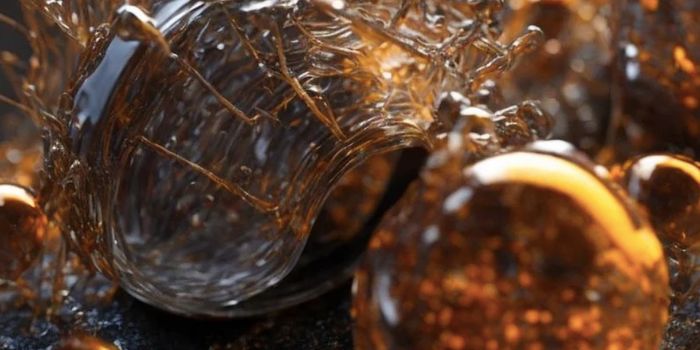How Agriculture Turned a Wild Plant Into a Weed
Wild plants are everywhere. So why do some become pests? New research has studied how agriculture created a problem for itself by turning the common waterhemp, which is a natural plant native to North America, into a persistent weed. In this study, scientists compared the DNA from 187 modern waterhemp samples to over 100 historical samples, including some that were from as far back as 1820, which revealed how the plant has changed over the years.
Common waterhemp was just a plant at one point. But now, it's become such a problem it's almost impossible to remove it from farms. This work, which was reported in Science, revealed mutations in hundreds of common waterhemp genes that have made it thrive on farms. Some mutations have given the plant tolerance to drought, while other have accelerated its growth or made it resistance to herbicides. Many of the mutations appear frequently in the genome as well.
The mutations that have made the plant more successful have increased significantly since agriculture intensified in the 1960s, said first study author Dr. Julia Kreiner, a postdoctoral researcher at the University of British Columbia (UBC).
Waterhemp tends to grow around lakes or streams, but the genetic changes that were observed have allowed the plant to outcompete crops, and live on land that is more arid, said study co-author Dr. Sarah Otto, a Killam University Professor at UBC. "Waterhemp has basically evolved to become more of a weed given how strongly it's been selected to thrive alongside human agricultural activities."
"The types of changes we're imposing in agricultural environments are so strong that they have consequences in neighboring habitats that we'd usually think were natural, Kreiner added.
Five of the seven herbicide-resistance mutations that were identified in modern samples were not seen in any historical samples. If waterhemp carried any of seven mutations, they produce an average of 1.2 times more surviving offspring every year since 1960 compared to waterhemp without any of these herbicide mutations.
Modern farms have a powerful influence on which plant species and mutations are able to survive over time, said Kreiner. "Sequencing the plant's genes, herbicides stood out as one of the strongest agricultural filters determining which plants survive and which die."
Agricultural practices have affected the geographical location of genetic variants as well. One variety of waterhemp, for example, has been moving eastward across North America for the past 60 years, and its genes have been moving into with it, likely because of the competitive edge it has from agricultural pressures.
Sources: University of British Columbia, Science









